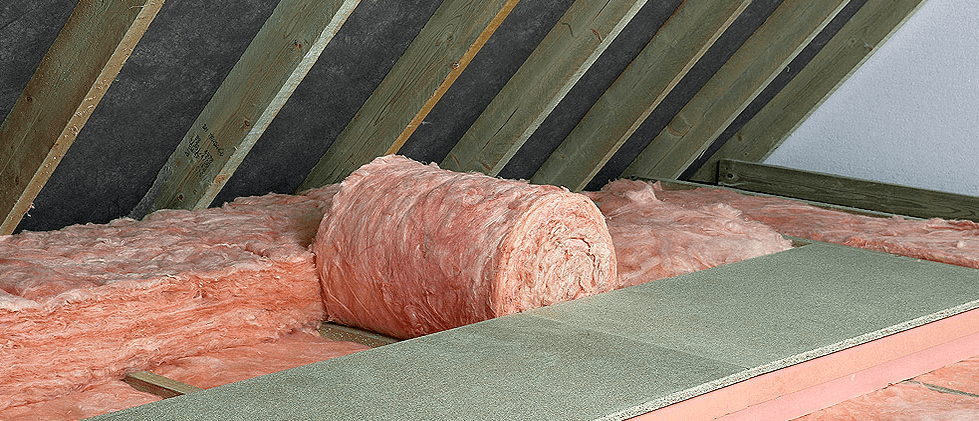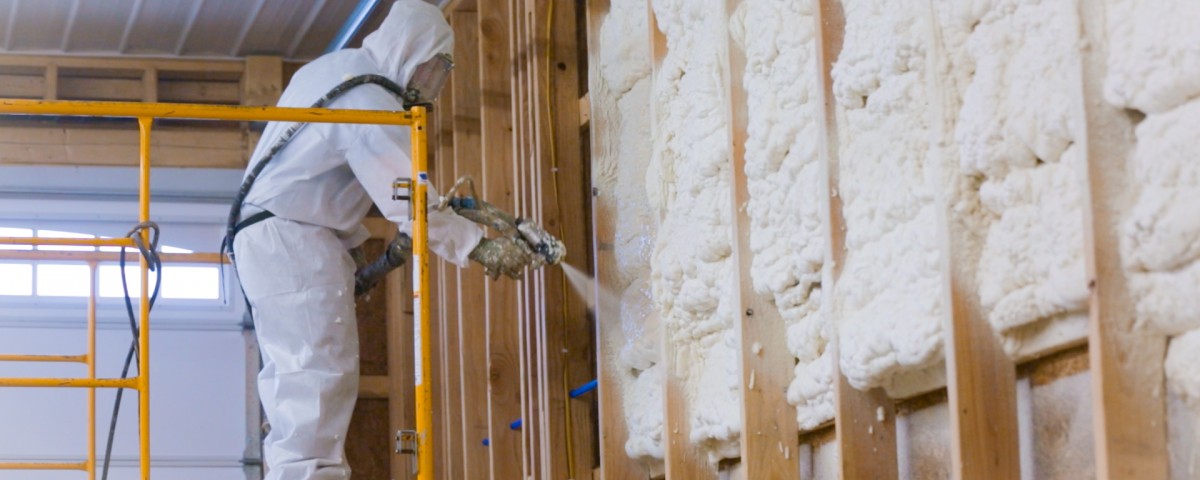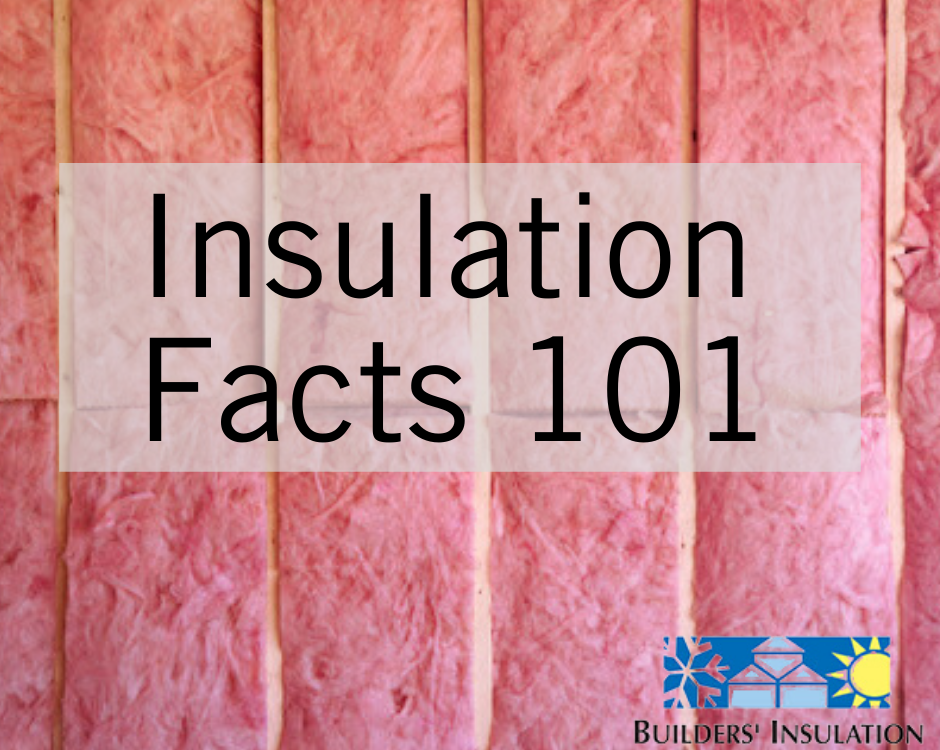

Winter insulation tips for your home
November 8, 2019Closed Polyurethane Cell Foam- the best insulation option


What is a closed polyurethane cell foam?
Closed Polyurethane Cell Foam is a closed cell, spray insulation foam that’s denser and has a higher “R” value (thermal resistance to heat flow) per inch than other foams as well as more traditional insulations like blown fiberglass. Due to its cellular composition, a closed cell foam helps to prevent drafts and maintain temperature where installed, which greatly decreases the risk of humidity in the space, inhibiting mold growth. An open cell insulation can be crushed in your hand and crumbles while doing so, while the closed-cell insulation becomes a solid. The closed cell has fully sealed cells which keeps air, moisture, and any pests from penetrating or traveling through.
Closed cell foams also can add strength to the walls themselves as it does harden to a solid after application. Investing in a closed cell foam to insulate your home or business is a two fold benefit- it insulates your space and strengthens it as well. With an average R-value of 6.0 or greater, these foams pack a “warm” punch to maintain your inside temperatures while preventing drafts, so there’s far less risk of moisture or humidity developing in your walls which could wreak havoc on your sheetrock, wood and more.
Spray foam insulation blocks all three kinds of heat transfer: radiant, conductive and convective heat. Spray foam insulation is an opaque and airtight installation which prevents radiant heat from traveling through it, convective heat because it has no air traveling from one part to another, and conductive because the cells are closed and not open, so there is no air to warm or cool from the outside. That’s a combined efficiency that brings a much better and consistently performing insulation than other insulations!
Keeping The Unwanted Outside
Our foams are low VOC and formaldehyde-free for an environmentally-friendly atmosphere in your home, while also filling spaces that can allow pests inside. The chemical composition deters pests and will not support fungus or mold growth.
Comfort That Pays For Itself
Adding a closed polyurethane cell foam to your home or business is definitely a higher investment than other insulation methods. That said, the benefits are many and, within 3-5 years after your home’s insulation is installed, you’ll have gained enough savings on your heating and cooling bills to have the initial insulation investment paid, all the while maximizing the comfort in your home.
More Information
• Prevents air leaks
• Maintains inside air temperatures
• Effective noise reduction
• Minimizes dew point problems
• Continuous insulation
Learn More About The Cost Saving Options
When you install new insulation into your home, there is the possibility of a federal government tax break! Visit the Energy Star website and the DSIRE organization site to learn more about your possible federal tax benefits!


1 Comment
Thanks for explaining that polyurethane foam is denser than other insulation foams. My house insulation needs to be improved because my heating bill has been crazy high over the past three months of winter. So, I want to get my insulation situation fixed before summer hits. I should probably talk to an expert about how to get this foam installed in my attic.